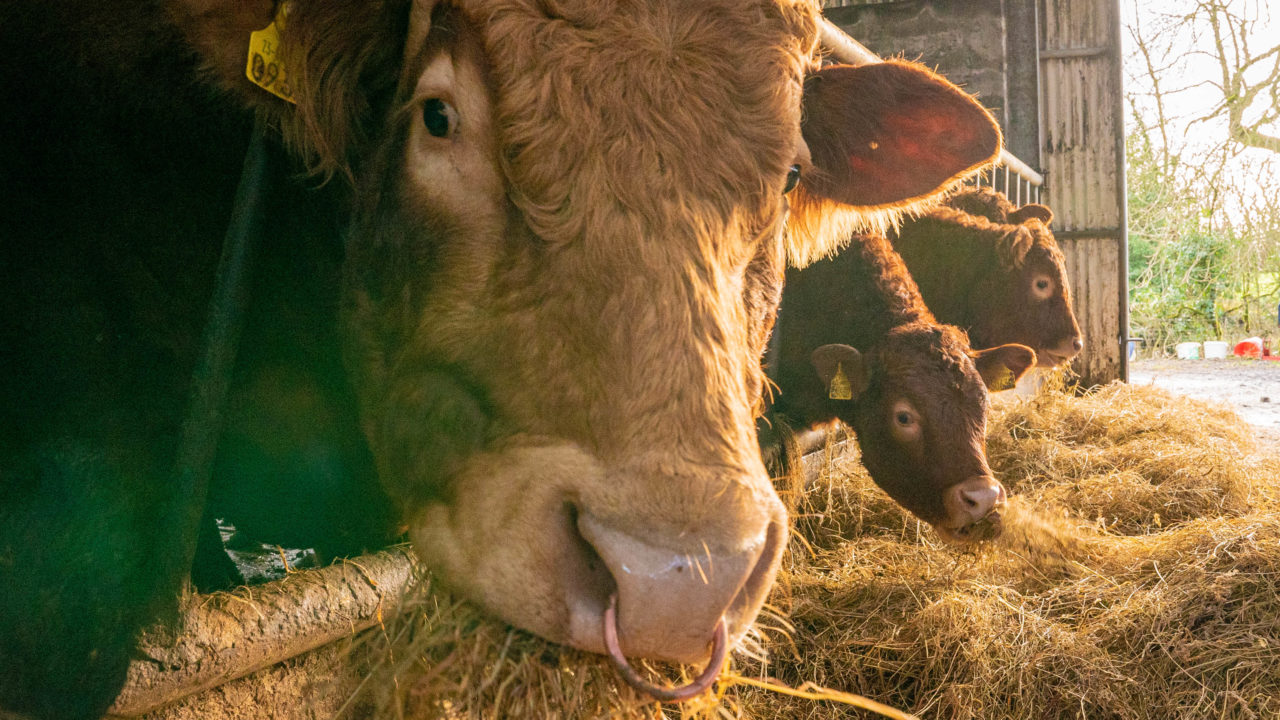Milk prices are forecast to fall by 15% next year but cattle prices are forecast to increase, with average finished cattle prices expected to be 4% higher in 2023, according to Teagasc.
The new Economic Outlook for Irish Agriculture report, published today (Tuesday, December 13) by Teagasc, highlights that high production costs are likely to remain on the horizon for Irish farmers throughout next year.
Teagasc has also warned that against the backdrop of the war in the Ukraine “global uncertainty” will continue to dominate the agri-landscape, potentially negatively impacting on food demand.
In its latest outlook report Teagasc details that fuel costs may fall slightly next year. However, feed prices are likely to increase and there remains concerns over fertiliser prices with “very little change expected for the annual average fertiliser price for the fertiliser year, which starts in October and ends in September”.
Milk prices
It is anticipated that milk prices will slip in 2022 with global milk production expected to increase, which in turn will dampen demand growth. According to Teagasc, the average milk price in 2023 should “still be sufficient to cover the production cost increases experienced over the last 18 months”.
It expects margins to remain high in 2023 and there will likely be “a return to growth in milk production of perhaps 4%”.
These factors are likely to impact on dairy farm incomes which are forecast to be lower in 2023, with the anticipated average dairy farm income to be in the region of €104,000.
Cattle
Prices are forecast to increase for cattle next year, particularly during the first quarter of the year.
But cattle price rises are likely not to be as strong in the second half of 2023 as stable volumes of beef production (domestically and in key export destinations) are expected.
Teagasc has forecast that average finished cattle prices will be 4% percent higher in 2023 and that young cattle prices in particular will jump by 5% next year.
“The availability of additional support under Pillar II of the new Common Agricultural Policy (CAP) will benefit cattle producers,” Teagasc has said.
It expects that this will be reflected in average incomes on cattle farms next year which could increase by 11%, with cattle-rearing farms expected to see incomes in the region of €9,700. ‘Other’ cattle farms may see an increase of 2% to bring incomes to around €17,300.
Lamb
Lamb prices are forecast by Teagasc to increase by 2% on average next year. It expects that it could be a mixed year for sheep-focused farms in 2023; although incomes will be boosted by CAP payments, input costs will continue to erode gains.
Teagasc anticipates that costs could increase by 4%, which would result in a decline in average incomes by 2%, bringing them to just under €19,500.
Cereal
It is unlikely that tillage farmers will enjoy a repeat in 2023 of the same conditions last year which boosted yields and incomes; this will likely drive down average farm incomes, Teagasc has outlined.
It expects that cost pressures will dominate and although there will be some additional support under the new CAP – such as the Agri Climate Rural Environment Scheme (ACRES) – this will not be enough to offset other pressures. Teagasc has forecast that the average tillage income in 2023 will decline by 48% to €33,000.
Pig prices
Following on from a difficult year, pig prices are forecast by Teagasc to improve in 2023.
It expects a 22% increase in pig prices, which could go a long way to restoring profitability in the sector.
But pig production is still expected to fall back slightly in 2023 because of the contraction of the sow herd during 2022.
